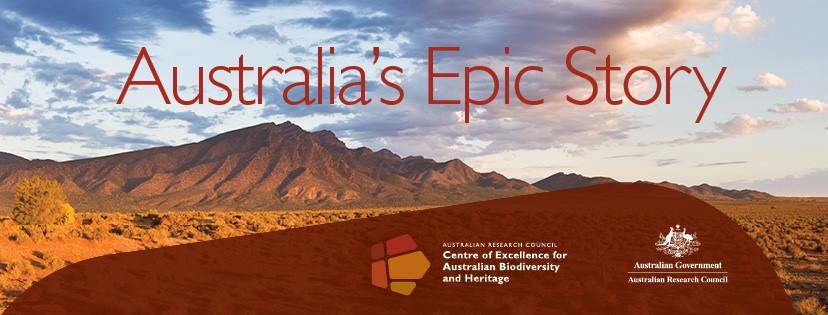
Organism abundance is the parameter most often requiring statistical treatment. Statistics turn our field/lab notes into estimates of population density after considering the individuals we can see and those we can’t. Later, statistical analyses will relate our density estimates to other factors (climate, demography, genetics, human impacts), allowing the examination of key issues such as extinction risk, biomonitoring or ecosystem services (humus formation, photosynthesis, pollination, fishing, etc.). Photos – top: a patch of fungi (Lacandon Jungle, Mexico), next down: a palm forest (Belize river, Belize), next down: an aggregation of butterflies (Amazon, Peru), and bottom: a group of river dolphins (Amazon, Colombia). Photos by Salvador Herrando-Pérez.
Another interesting and provocative post from my (now ex-) PhD student, Dr. Salvador Herrando-Pérez. After reading this post, you might be surprised to know that Salva was one of my more quantitative students, and although he struggled to keep up with the maths at times, he eventually become quite an efficient ecological modeller (see for yourself in his recent publications here and here).
—
When an undergraduate faces the prospect of a postgraduate degree (MSc/PhD), he or she is often presented with an overwhelming contradiction: the host university expects the student to have statistical skills for which he/she might never have received instruction. This void in the education system forges professionals lacking statistical expertise, skills that are mandatory for cutting-edge research!
Universities could provide the best of their societal services if, instead of operating in isolation, they integrated the different phases of academic training students go through until they enter the professional world. Far from such integration in the last 20 years, universities have become a genuine form of business and therefore operate competitively. Thus, they seek public and private funding by means of student fees (lecturing), as well as publications and projects developed by their staff (research). In this kind of market-driven academia, we need indicators of education quality that quantify the degree by which early-career training methods make researchers useful, innovative and cost-effective for our societies, particularly in the long term.
More than a century ago, the geologist and educator Thomas Chamberlin (1) distinguished acquisitive from creative learning methods. The former are “an attempt to follow by close imitation the processes of other thinkers and to acquire the results of their investigation by memorising”. The latter represent “the endeavour… to discover new truth or to make a new combination of truth or at least to develop by one’s own effort an individualised assemblage of truth… to think for one’s self”. From the onset of their academic training, students of many countries are instructed in acquisitive methods of learning that reward the retention of information, much of which falls into oblivion after being regurgitated during an exam. Apart from being a colossal waste of resources (because it yields near null individual or societal benefits), this vicious machinery is reinforced by reward and punishment in convoluted manners. For instance, one of my primary-school teachers had boys seated in class by a ‘ranking of intelligence’; so one could lose the first seat if the classmate in the second seat answered a question correctly, which the up-to-then ‘most intelligent’ had failed to hit. Read the rest of this entry »
-34.917731
138.603034











